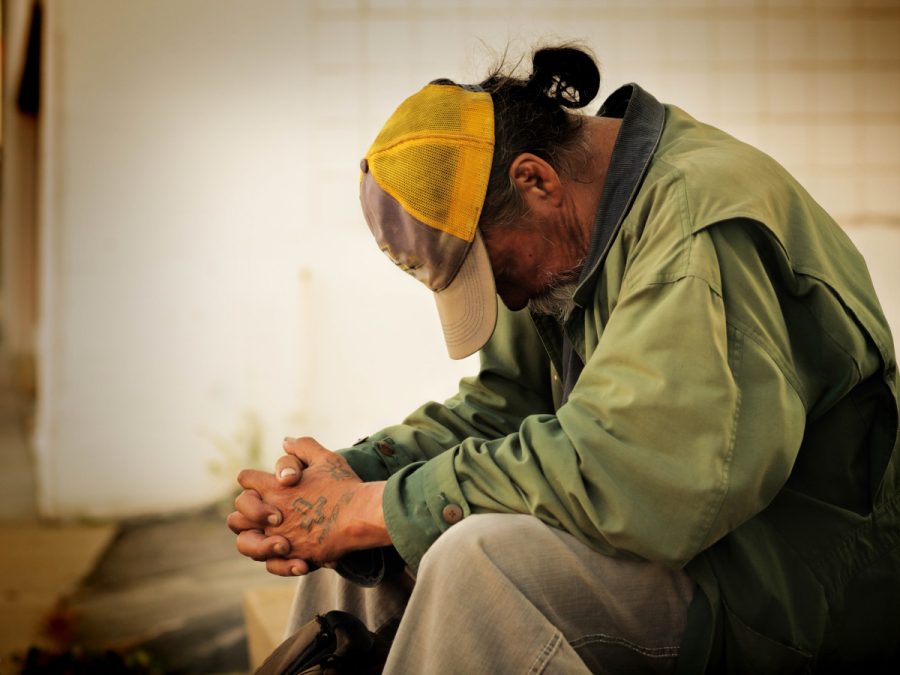NYC needs transitive shelters to combat the surging homeless crisis
October 22, 2022
NYC congregate shelter sites should serve as transitive units to address the increasing number of individuals occupying beds in homeless shelters.
The shared living experience within shelter sites is gruesome, replete with incessant fighting over stolen items, lice and filthy rooms.
Spectrum News reports an increase in crime rates inside the sites in 2021, compared to previous years. There were 1,093 drug overdoses, 588 sex offenses and reported fights climbed 16% to 1,425 last year alone.
A lack of security in the overcrowded sites is bound to increase crime rates. Homeless people who lived in NYC shelters compared it to life in jail, according to the New York Post.
People’s housing needs are not being met by the existing shelter system. Individuals are living in high-risk conditions where they can lose their items and/or their life. Some people contemplate whether living in the subway or streets is a safer alternative.
The standard of life under public aid for homeless people must be improved. Helping homeless people learn job skills and find affordable housing while they stay at the sites are ways to transition them into proper homes.
Thus, shelters should be set aside for people who are in a moment of economic insecurity. Shelters must be safe so those who enter them can focus on transitioning out of them into supportive housing.
To relocate people into supportive housing, there needs to be a staunch support system within the shelters. When shelters are safe, they can function as transitive units for people to get in and get out. Proper support like clean facilities and skill-building programs can help.
The City interviewed four advocates of increased quality of life in shelters, who endorsed measures such as the presence of police to monitor crime, a more private bedroom design, staff trained to deal with mental health concerns and efficient facilities where people can cook.
There has been an increase in the amount of people in these shelter sites. Department of Housing Services records state as of Oct. 12, 62,647 total individuals are living within city shelters.
Gothamist compares this with historical rates, finding that they are at an all-time high.
Such high numbers will continue to worsen without proper intervention from Mayor Eric Adams’ administration. They need to continue with efforts, to diversify the locations of shelter sites in NYC neighborhoods while improving and ensuring their safety.
The higher the poverty rate is in a neighborhood, the greater the number of homeless shelters it contains, according to a diagram by The City. Communities with a poverty rate of less than 20%, such as East Midtown-Murray Hill, have roughly five shelter locations, compared to Harlem, which has a poverty rate of 40% and is home to nearly 20 sites.
Though shelters are disproportionately clustered in poor areas rather than in prosperous ones, Adams assures that all neighborhoods need to collectively work together to address the high homeless rate.
“You cannot say, ‘House the homeless, let’s get them off the street — just don’t put them on my street.’ You cannot do that,” Adams said.
Adams’ statement has received opposition from critics who do not favor the idea of shelter sites in neighborhoods that do not already have one.
Alexis Piquero, a sociologist at the University of Miami suggests that homeless sites do not directly cause increased crime rates, rather that they are placed in crime-prone areas. Camps are in deprived areas near liquor stores and pawn areas.
Shelter sites do not make neighborhood crime rates increase without environmental stimulus. There needs to be improved safety in shelter sites and a commitment to building them in varied locations.
Additionally, individuals should be staying in shelters temporarily. However, with surging rents, and statewide eviction protections ending, many are turning into permanent visitors. Such reasons have increased the city’s overreliance on shelters.
Jumaane Williams, a public advocate, recently introduced a bill to the City Council. His citywide shelter plan includes a 15-member commission that will study current shelter locations, identify potential sites and explore funding options.
This proposed measure, which is currently a pending City Council action, is a promising start toward improving the quality of the city’s shelter system.
While shelter life improves, the Adams administration should build supportive housing that is affordable and accessible as a long-term solution to the surging homelessness crisis.







